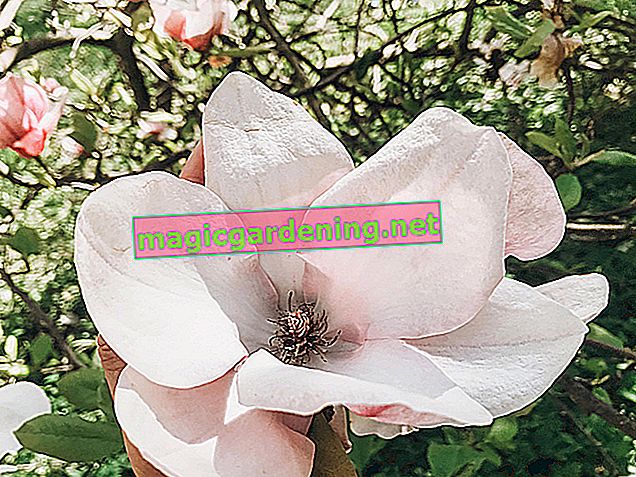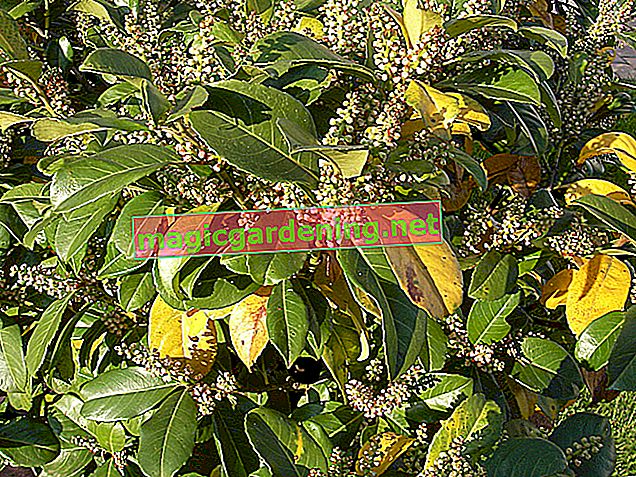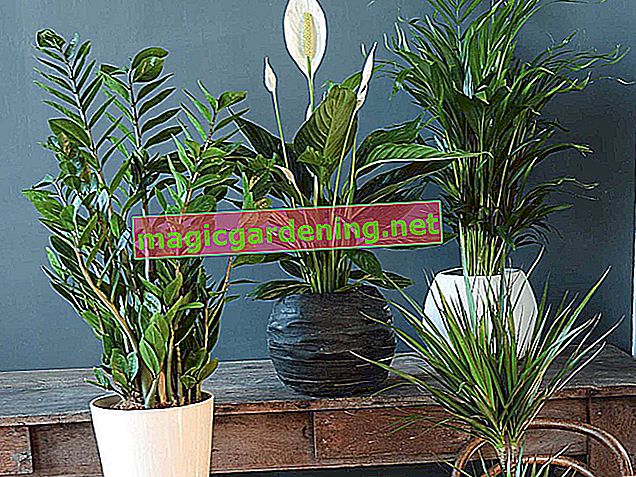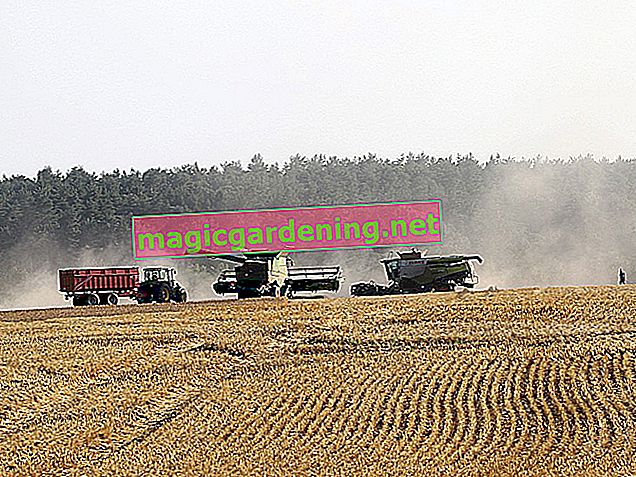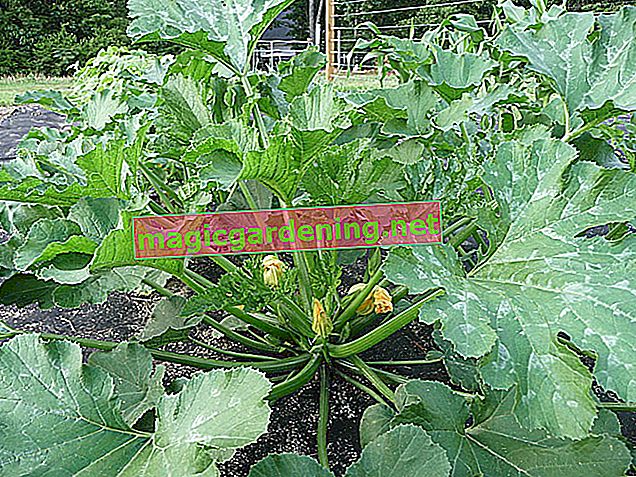
Growing them indoors paves the way for magnificent pumpkins
Experienced hobby gardeners favor indoor cultivation, especially for one convincing reason: the cultivation period is extended by a remarkable 3 weeks. In view of an impressive ripening time of an average of 100 days, the arguments for direct sowing are therefore on a losing streak. In the Central European climate, the time window for growing pumpkins strikes very early.
- roughen the seeds with emery paper or a file
- soak in lukewarm water for 24 hours
- Insert 1-2 cm deep in the sowing soil and moisten
- Cover the seed pot with cling film or cover with glass
- produce a germination temperature of 25 degrees Celsius in the partially shaded place
also read
- Will the pumpkin blossom be removed?
- Pumpkin fruit or vegetables? - a definition is wavering
- Are certain types of pumpkin poisonous?
Sowing indoors should not take place before mid-April. In view of the short germination time of one week with a subsequent three-week growth phase, the young plants arrive in the open at exactly the right time. The planting season begins in mid-May - neither earlier nor later.
Properly transplant with ease
The location requirements of pumpkins are limited to two central attributes: sunny and nutrient-rich. If there are additional properties such as permeable, fresh and humic, nothing stands in the way of lush growth. How to plant the young plants:
- Enrich the loosened, weed-free bed soil with compost and horn meal
- Plant young pumpkin plants at a distance of at least 100 cm
- Water carefully and cover with garden fleece to protect against the sheep's cold
The maintenance work is limited to regular weeding, watering and fertilizing. If you are aiming for particularly large pumpkins, limit the number of fruits per plant through targeted pruning. Experienced hobby gardeners do not leave pollination to chance when they want to grow a certain type of pumpkin. In a few simple steps, a selected female flower is dusted with the male counterpart and tied with gauze.
Tips & Tricks
Pumpkin and corn make a brilliant plant neighborhood. The tall maize plants serve as a natural climbing aid for pumpkin tendrils. At the same time, corn acts as an effective windbreak, while pumpkin reduces soil erosion.


